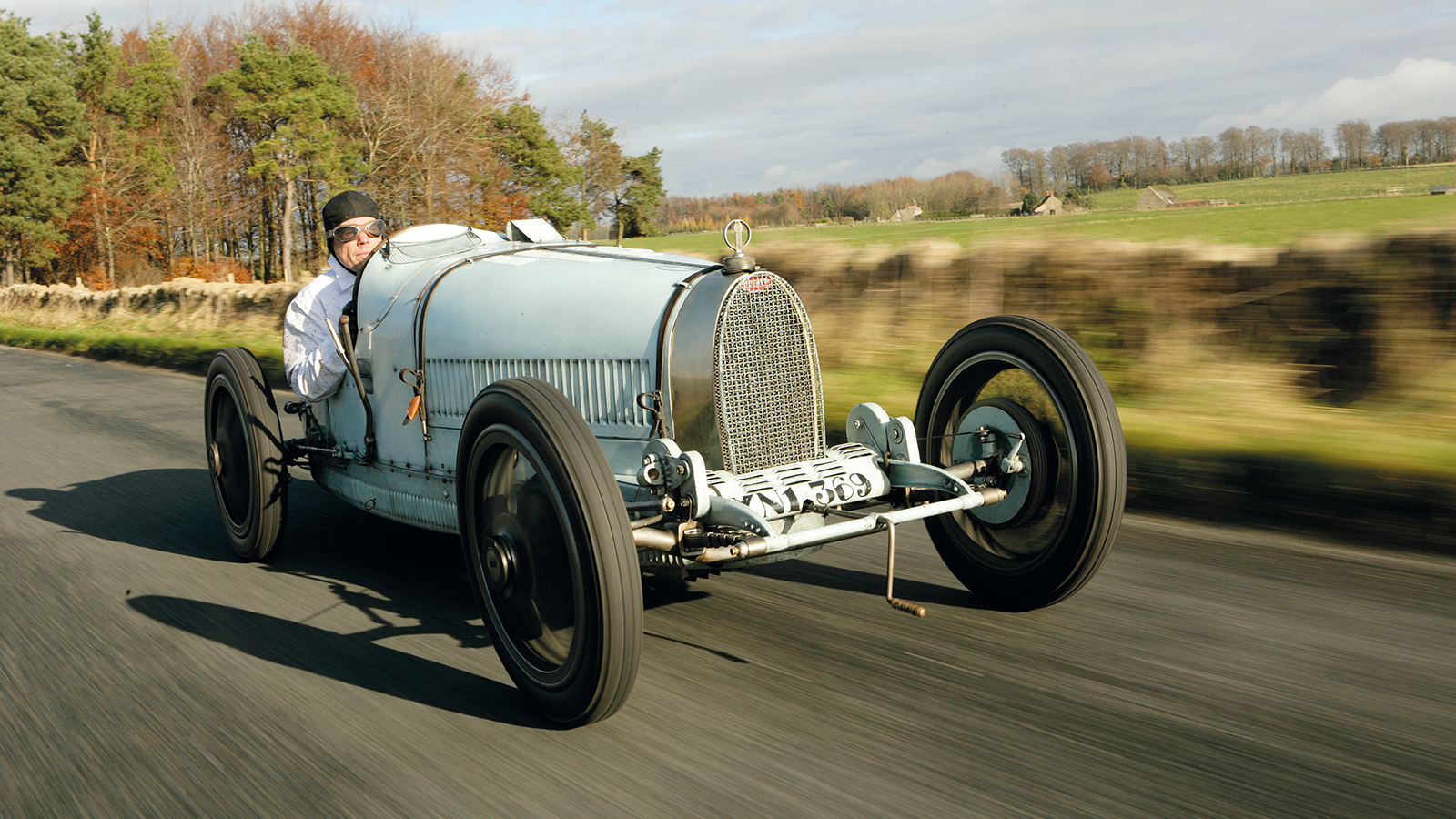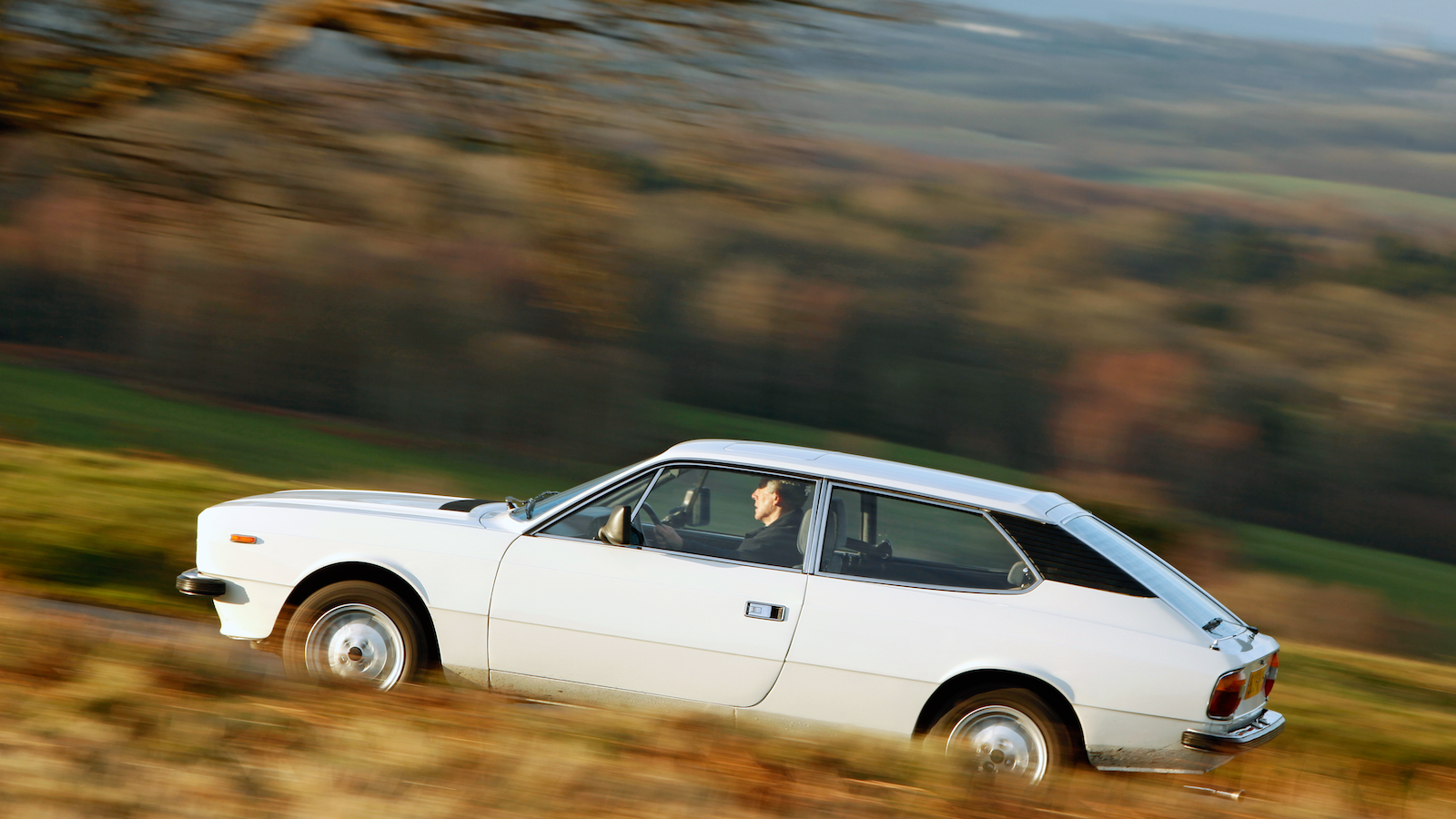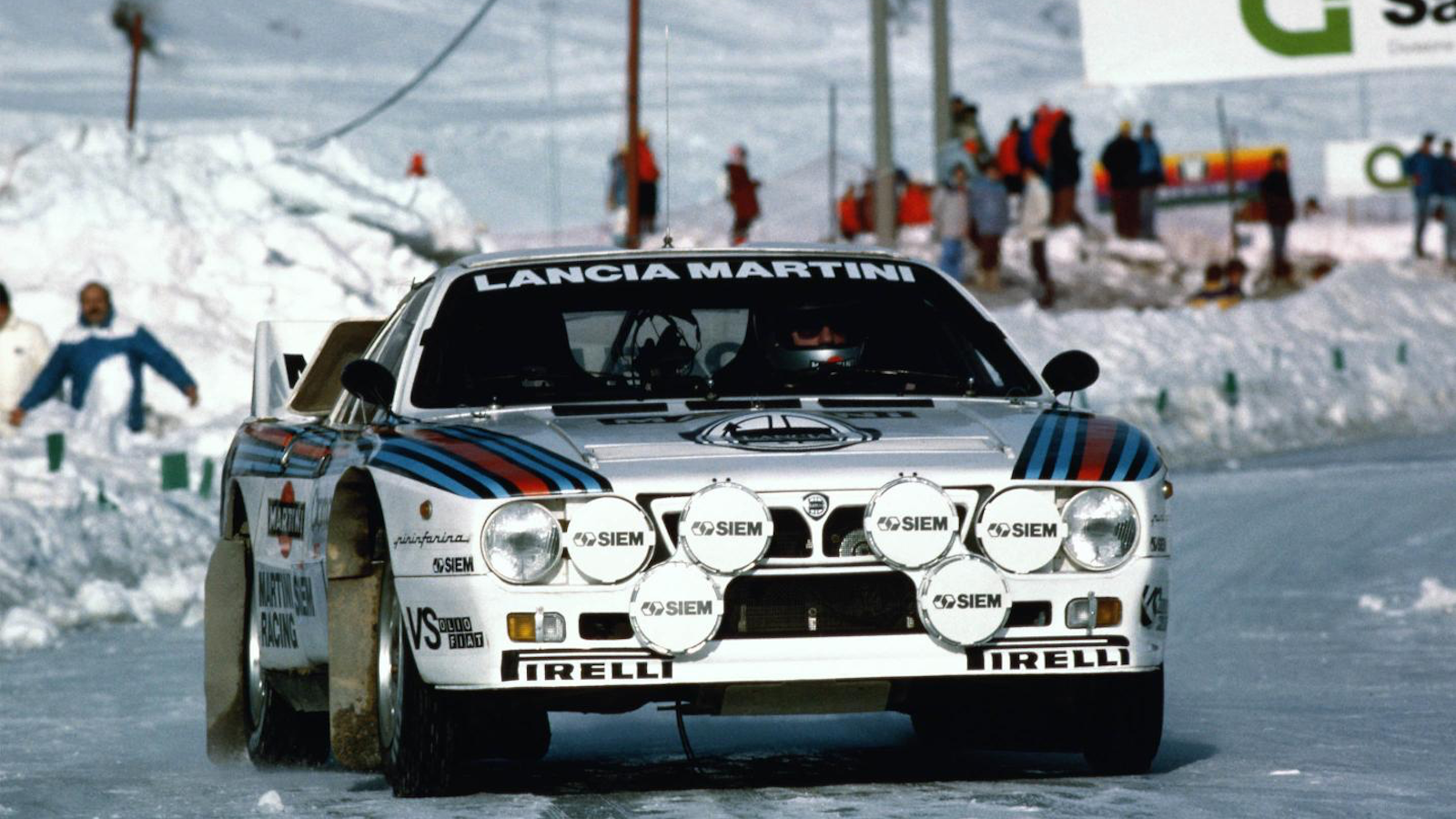-
 © Mecum
© Mecum -
 © Silverstone Auctions
© Silverstone Auctions -
 © Barrett-Jackson
© Barrett-Jackson -
 © RM Sotheby’s
© RM Sotheby’s -
 © Bonhams
© Bonhams -
 © Classic & Sports Car
© Classic & Sports Car -
 © Toyota
© Toyota -
 © Tony Baker/Classic & Sports Car
© Tony Baker/Classic & Sports Car -
 © Daimler
© Daimler -
 © Tony Baker/Classic & Sports Car
© Tony Baker/Classic & Sports Car -
 © Haymarket Automotive
© Haymarket Automotive -
 © Haymarket Automotive
© Haymarket Automotive -
 © Haymarket Automotive
© Haymarket Automotive -
 © Ferenghi/Wikimedia Commons
© Ferenghi/Wikimedia Commons -
 © Haymarket Automotive
© Haymarket Automotive -
 © RM Sotheby’s
© RM Sotheby’s -
 © FCA
© FCA -
 © MG
© MG -
 © Mick Walsh/Classic & Sports Car
© Mick Walsh/Classic & Sports Car -
 © Cooper Industries
© Cooper Industries -
 © Historics Auctioneers
© Historics Auctioneers -
 © Haymarket Automotive
© Haymarket Automotive
-
Don’t let them blow you away
For almost as long as we’ve had cars, we’ve had engineers trying to cram more air into their engines.
Turbocharging, which uses waste exhaust gas to spin a turbine that forces compressed air into the combustion chamber, is the best-known form of forced induction. But superchargers, which are driven directly from the engine’s crankshaft, have a much longer history – so let’s celebrate it.
First introduced on a production car by Mercedes back in the 1920s, they’re still in use on cars like the Lotus Evora, Shelby Mustang and Jaguar F-type today.
Some of the 21 cars in this gallery you’ll definitely recognize as supercharged icons, but others, like the GT350 pictured here, aren’t so well known.
-
1. Bentley Blower
WO Bentley wasn’t a fan of forced induction, but almost a century later it’s the 4½ Blowers that are the most famous of Bentley’s early cars.
An Amherst Villiers Roots-type blower slung out beyond the front axle helped the massive straight-four deliver c175HP in road trim, and c240HP for racing duties.
-
2. Shelby Cobra Super Snake
The circa-800bhp Super Snake was an already-unhinged 427 Cobra fitted with a pair of Paxton superchargers and, oddly, a three-speed automatic transmission.
In fact there were two Super Snakes: Carroll Shelby’s own car, pictured here, which sold for $5.5m in 2007, and a second, owned by comedian Bill Cosby, which was destroyed when its next owner drove it off a cliff into the Pacific Ocean.
-
3. Auburn Speedster
One of the most iconic American cars of the 1930s, the Speedster’s side-valve straight-eight was available in both naturally aspirated and supercharged forms, the blown version being good for over 100mph.
-
4. Mercedes-Benz SSK
The fastest road car of its day, the Ferdinand Porsche-designed SSK could reach 120mph thanks to its supercharged 7-liter straight-six engine.
It also scored multiple Grand Prix wins before the three-pointed star switched tack, separating its road and race machines, and unleashing the Silver Arrows, though Mercedes continued to offer supercharged road cars.
-
5. Auto Union
Between them, Auto Union and Mercedes-Benz dominated the top tier of 1930s motor racing. The Auto Unions started with rear-mounted V16 engines, but switched to V12s when a 3-liter capacity limit was introduced in 1938.
With a twin-stage supercharger the 1939 D-type made 485bhp, but the outbreak of war cut the Grand Prix season short, meaning it never quite fulfilled its promise.
-
6. Toyota MR2 Mk1
UK buyers remember the original MR2 as a sweet-handling two-seater, powered by a revvy 4A-GE naturally aspirated 130HP 1.6.
But some other markets got the option of a supercharged version making around 20HP more – enough to slash the 8-sec 0-60mph time by more than a second.
-
7. Bugatti T39
Ettore Bugatti was no Bentley fan, but he shared WO’s dislike of superchargers.
However, he probably disliked them less when supercharged versions of the Type 35 and 39 started notching up important race wins.
-
8. Mercedes-Benz SLR McLaren
Fast forward to the early 21st century and Mercedes was supercharging everything, from little 2.0-liter four-cylinder engines to the already-burly 5.5-liter AMG V8.
Power outputs varied depending which hood that V8 was under – and AMG fitted it under everything from the SL to the G-Wagen – but the ultimate incarnation was the 650HP version installed in the 722 edition SLR.
-
9. Lancia HPE Volumex
Lancia’s versatile Beta came in a variety of body styles and with a variety of different engines.
But the most interesting combination was the HPE shooting brake equipped with a supercharged 2.0-liter four-cylinder engine.
-
10. Volkswagen Golf Rallye
Fast Golfs came in many different flavors in the late 1980s and early ’90s.
Beyond the basic GTI there was the choice of its 16-valve brother, or the G60 and boxy Rallye (pictured here), both of which came with a supercharged version of the entry-level eight-valve 1.8.
But the rare G60 Limited combined the G60 and 16-valve tech to deliver over 200HP.
-
11. Mini Cooper ‘S’
Not yet a classic, perhaps, but one to watch for the future, the first BMW-built Mini Cooper ‘S’ was powered by a blown Chrysler engine sending 168bhp through a new six-speed gearbox.
Rival Renault’s Clio 172 was quicker, but only the Cooper had that distinctive supercharger whine.
-
12. TVR SX350
TVR’s Rover-powered 350i wedge was usefully quick in standard form, but a handful of cars were converted to SX spec by David Haughin’s workshop in Cumbria.
-
13. Mad Max’s Pursuit Special
Mel Gibson’s Pursuit Special was actually a 1973 Australian-built Ford Falcon XB GT before the Mad Max movie team got its hands on it.
The 351cu in (5.8-liter) V8 pumped out 300HP before the addition of the Weiand 6-71 supercharger – and the same 300HP after: the switchable blower was a fake, operated by a small electric motor.
-
14. Jaguar XJR
The XJR badge had been around since the late 1980s, but Jaguar got serious about its BMW M5 rival when the X308-series XJ replaced the XJ40 in 1994.
An Eaton M90 strapped to the AJ16 4.0-liter straight-six made it Jaguar’s first supercharged car and gave it effortless 155mph performance.
-
15. Ford Thunderbird F-code
Though technically a response to Chevy’s Corvette, the Thunderbird was promoted as a personal car, rather than a performance car.
But with the rare supercharged F-code engine introduced in ’57, the last year for the two-seat T-bird, it most definitely performed.
-
16. Lancia 037
Lancia used supercharging to help its 037 secure the 1982 World Rally Championship, the last time a two-wheel drive car would finish the season on top.
The competition cars produced up to 280HP from their 2.0-liter ‘fours’, while Stradale road versions were detuned to around 208HP.
The 037’s successor, the Group B Delta S4, had an engine that was both supercharged and turbocharged.
-
17. MG EX 181
MG is best known for its simple sports cars, but in 1957 Stirling Moss drove the teardrop-shaped EX 181 to a new class record of 246mph at Bonneville’s salt flats.
Two years later, with the methanol-fueled and supercharged MGA engine now making 300HP, Phil Hill pushed it to 255mph.
-
18. Shelby GT350
Nearly a decade after Ford had dabbled with supercharging on the T-bird, Carroll Shelby offered a Paxton supercharger on the Mustang GT350 (standard car pictured).
Allegedly boosting the 289cu in (4.7-liter) V8’s power from c300HP to over 400, it cut almost a second from the 350’s quarter-mile time, but was rarely ordered.
-
19. Studebaker Avanti
Raymond Loewy’s Avanti was a sporty, luxury four-seater that featured fiberglass bodywork over a humble Studebaker Lark chassis.
Sales were slow but speeds weren’t, at least not when the 289cu in (4.7-liter) V8 was fitted with the optional supercharger: an Avanti recorded 168mph at Bonneville.
-
20. Allardette
By the 1960s, Allard had switched from making cars to selling superchargers – it was the worldwide distributor for Shorrock.
Kits were available for Minis, Sprites, MGBs and more, while Sydney Allard would sell you an Allardette, a supercharged Anglia 105E, through his own Ford dealership, Adlards.
-
21. Aston Martin Vantage V600
Aston brought back the Vantage name in late 1992 for a muscle-bound version of its Virage coupe.
Twin superchargers lifted the V8’s power from 330 to 550HP (and up to 608HP in commemorative Le Mans spec), while new lights and curvier fenders gave the styling the muscle to match.
We hope you enjoyed this gallery. Please click the ‘Follow’ button above for more super stories from Classic & Sports Car.
